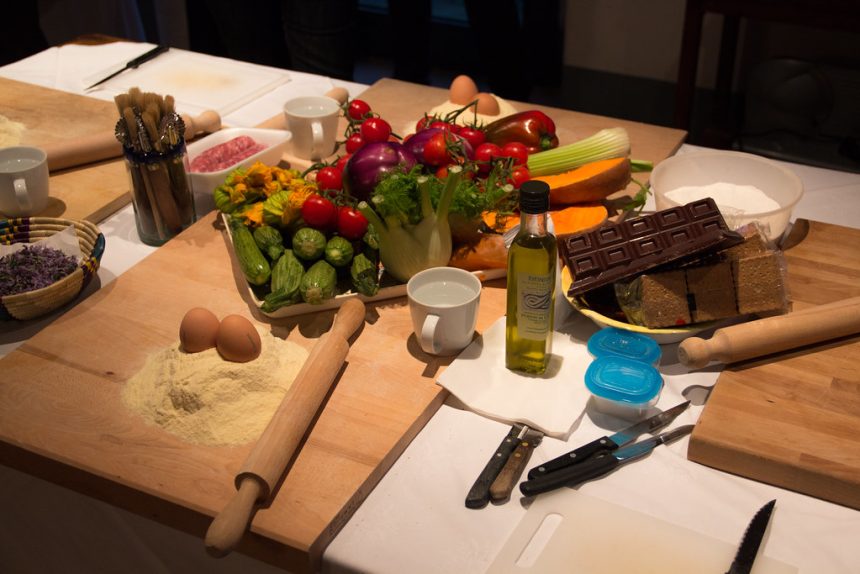Embarking on a culinary adventure through the art of cultural cooking can be a thrilling and enlightening experience. It is not just about preparing meals; it’s a journey through diverse cultures, histories, and traditions. This article takes you on a global gastronomic tour, highlighting the rich tapestry of international flavors and how you can bring these unique tastes into your own kitchen.
Exploring the Essence of Cultural Cooking
Cultural cooking is more than following recipes; it’s about understanding the essence of a culture through its food. Every ingredient, cooking method, and dish tells a story of the people, their land, and their history. From the bustling street markets of Asia to the rustic kitchens of the Mediterranean, each culinary tradition offers a unique insight into the lives and practices of different communities.
Savoring the World: Key Cuisines to Explore
- Italian Cuisine: Known for its emphasis on fresh ingredients and simplicity, Italian cooking is more than just pizza and pasta. Dive into regional dishes like Risotto, Osso Buco, and authentic Neapolitan pizza for a taste of Italy’s diverse culinary landscape.
- Indian Cuisine: Indian cooking is a vibrant amalgamation of spices, herbs, and flavors. Each region offers something unique, from the rich curries of the North to the seafood delicacies of the coastal areas. Dishes like Biryani, Masala Dosa, and Rogan Josh are must-tries.
- Mexican Cuisine: Mexican food is a colorful and spicy adventure. It’s a fusion of indigenous and Spanish influences, resulting in dishes like Mole, Tacos al Pastor, and Chiles en Nogada. Don’t forget to try the various salsas and the famous Guacamole.
- Japanese Cuisine: Japanese cooking emphasizes fresh, seasonal ingredients and presentation. Sushi, Sashimi, and Ramen are globally popular, but traditional dishes like Okonomiyaki and Tempura also offer a genuine taste of Japan.
- Middle Eastern Cuisine: Known for its aromatic spices and diverse flavors, Middle Eastern cuisine includes staples like Hummus, Falafel, and Shawarma. The use of ingredients like dates, saffron, and rose water gives this cuisine its distinctive taste.
Bringing International Flavors to Your Kitchen
- Authentic Ingredients: Source authentic ingredients from local international markets or online stores.
- Traditional Techniques: Learn about traditional cooking methods and techniques to bring authenticity to your dishes.
- Cooking Classes and Workshops: Attend local cooking classes or online workshops focused on international cuisines.
- Cultural Immersion: Understand the history and traditions behind the dishes by reading books or watching documentaries about the respective cultures.
- Experiment and Have Fun: Don’t be afraid to experiment with flavors and ingredients. Cooking is a creative process, and the journey is as important as the destination.
Conclusion
Cultural cooking opens up a world of flavors and experiences right in your kitchen. It’s an opportunity to explore, understand, and appreciate the diversity of global cuisines. By embracing the culinary traditions of different cultures, you not only expand your palate but also gain a deeper appreciation for the world’s rich cultural heritage. So, grab your apron, and let your taste buds embark on a delightful international journey!
Also learn about Discovering Czech Cuisine in Singapore: A Taste of Central Europe.











